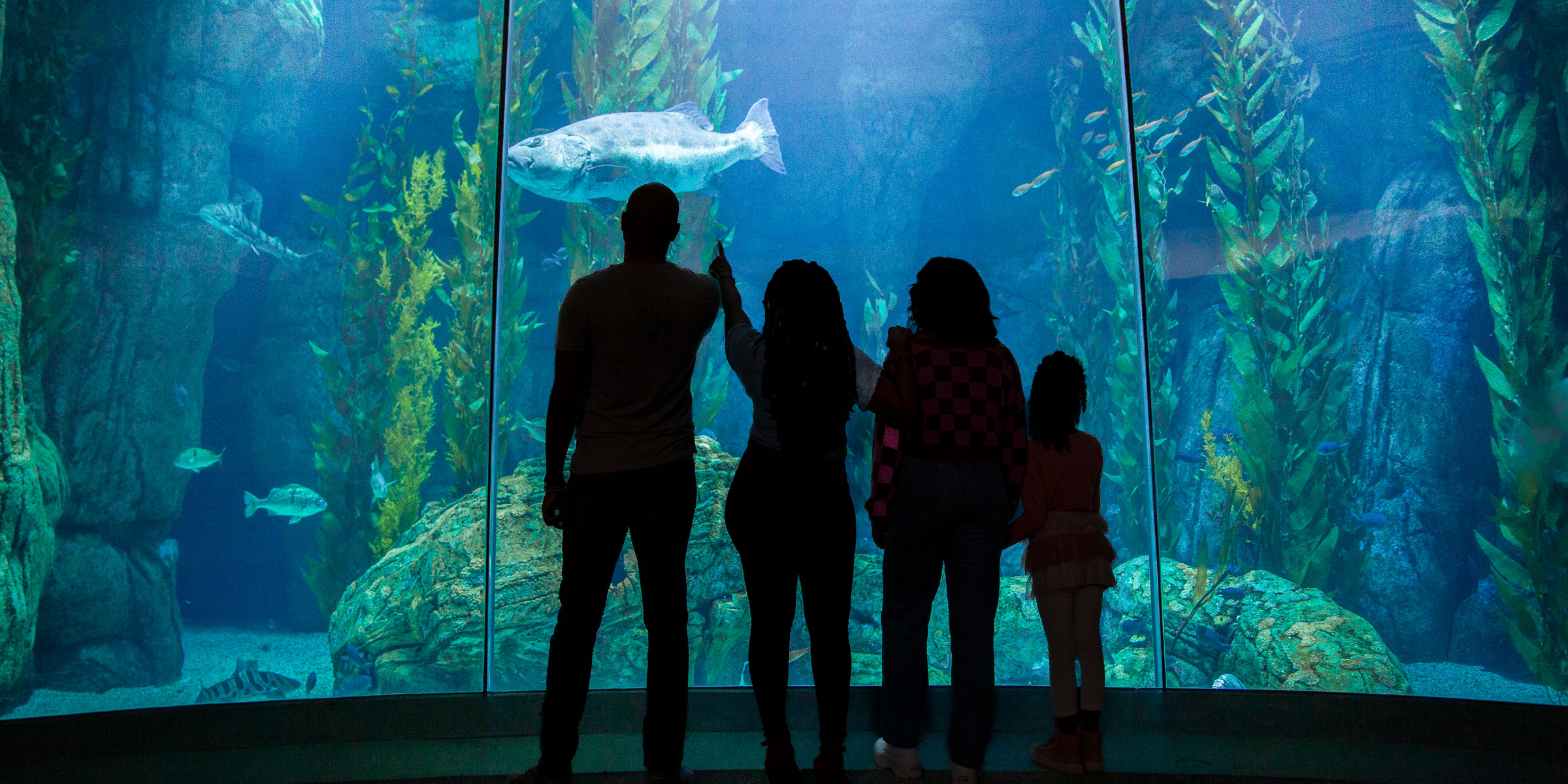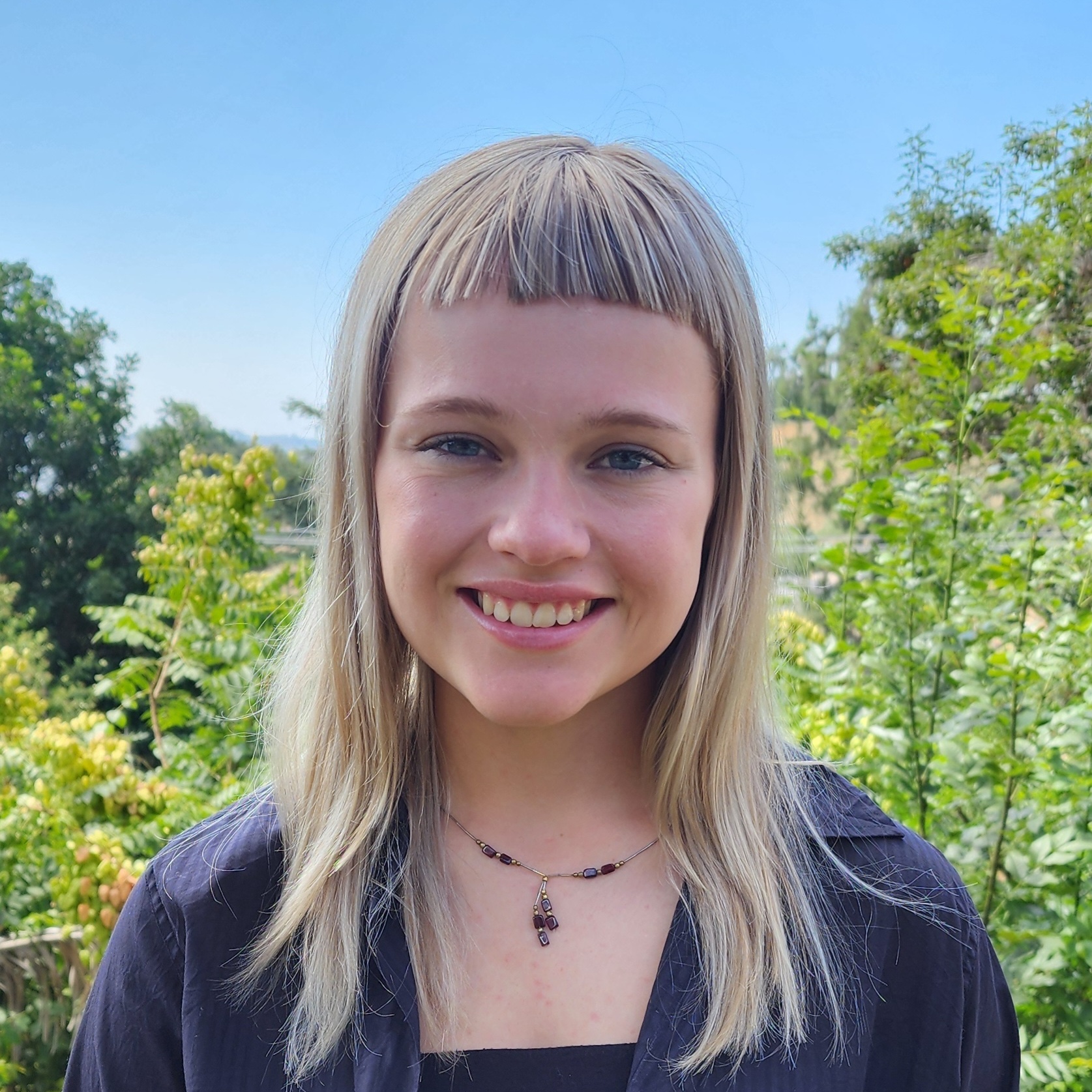
Fresh Voices
From Childhood Visits to Aquarium Contributor
A student pursuing marine biology describes their journey from an Aquarium visit to helping synthesize data for the Marine Species Report Card.
As a child, I always held a fascination with the natural world. I spent countless hours outside collecting samples of leaves and rocks, while trying to observe different animals. I also checked out countless books from the library to educate myself on different organisms and environments.
I remember the first time I visited the Aquarium of the Pacific for a field trip in elementary school, and my excitement seeing what I was reading about in my books come to life in front of me. When I saw the diver in the Honda Blue Cavern interacting with the giant sea bass, I thought “Yup, this is it. This is what I am going to do.” That visit sparked my passion for marine life, fueling my desire to understand and protect marine ecosystems.
The Aquarium provides a unique privilege to engage with marine life up close, cultivating a sense of stewardship and appreciation for the ocean. Each animal in those carefully crafted exhibits serves as an ambassador for their ecosystem, allowing a glimpse into their world.
Today, our oceans are under threat from climate change, habitat destruction, and overfishing, making it more critical than ever to understand how species are faring in the wild. Recognizing their status isn’t just about conserving marine life; it’s also about preserving the health of our planet.
When I had the opportunity to work on the Marine Species Report Card project, it felt like a natural extension of my passion and a chance to contribute to a resource that would connect the public with iconic marine species and inspire action to protect them.
Working on this project allowed me to connect with a team of marine experts across different fields. Being able to collaborate with such knowledgeable individuals, with each one contributing their own unique perspective, was a rewarding experience that emphasized how powerful diversity is in science.
Every person with their own expertise and background worked together to create a resource to further connect the public to the chosen marine species. It was a privilege to be a part of this team and to witness firsthand the formation of this Report Card through scientific collaboration.
As the project evolved, so did I. Though initially brought onto the team to help gather and analyze data for fish, I also had the opportunity to apply my skills in programming languages such as R and data analysis to help with the analysis of other marine species that were not my initial focus. I even learned how to make shiny web applications while working with the data and trying to find a way to visualize it.
It was a challenging but rewarding experience that allowed me to grow and further build upon my skills in programming, data analysis, and understanding the life history of marine species. These are not just tools for this project, but they also serve as a foundation for my growth as a marine biologist. Beyond the technical skills, I also deepened my appreciation for public outreach and conservation, recognizing how these efforts bridge the gap between science and community.
The Marine Species Report Card project is an important tool to foster connections between the public and the marine species that exist in our oceans. It can not only be used as an educational tool, but it can also empower people to take action.
I am excited to inspire awareness of these iconic species, the status in the wild, and the steps that can be taken to assist in their recovery. It has been a privilege to be able to collaborate on this team and to build skills and support that can help me in my career as a marine biologist.

Natalie Shubin
Natalie Shubin is a biology graduate student in the Claisse Lab at Cal Poly Pomona. She is currently working on using sonar data layers to quantify habitat characteristics of artificial reefs. After graduation, she plans to work in the field of marine conservation and biology.